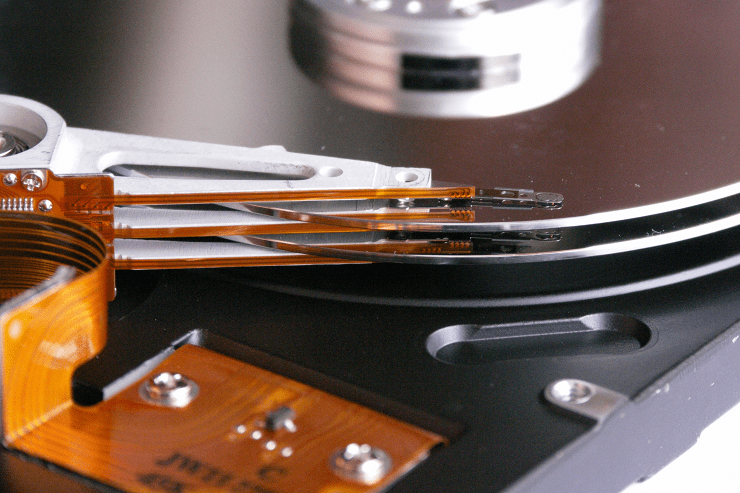Continuing its converged networking focus, QLogic today announced two board-level products and a chip, all operating at 10Gbps speeds: the 8200 Series converged network adapters (CNAs), 3200 Series Ethernet NICs, and 8200 Series converged LAN-On-Motherboard (cLOM) chips, which are targeted at server manufacturers and are the same chips used in the 8200 adapters.
The 3200 NIC supports only IP/Ethernet, while the 8200 CNA supports IP/Ethernet, iSCSI and Fibre Channel over Ethernet (FCoE) protocols. One key differentiator with QLogic’s CNAs is that they support all of those protocols concurrently on a single chip. This is in contrast to CNA vendors that require different adapters or chips for different protocols.
As part of its Adaptive Convergence strategy, also announced today, QLogic introduced four interconnect capabilities — VMflex, ConvergeFlex, FlexOffload and SecureFlex — related to adapter functionality.
VMflex enables administrators to carve up (partition) each physical 10GbE port into up to four virtual ports, and to assign guaranteed bandwidth to each of the virtual ports. That feature is not unique, but VMflex also provides the ability to perform switch-agnostic VM-to-VM communication within physical machines.
“We have a Layer-2 Ethernet switch embedded in the adapter that allows virtual ports to communicate with each other,” explains John Spencer, QLogic’s product manager for CNAs. “That provides performance benefits in virtual environments, but the adapters are also switch agnostic in that they can work with any 10 Gigabit Ethernet switch from any vendor.”
The adapters also support emerging virtualization standards/technologies such as SR-IOV, NPAR, NIV and VNtag, and VEPA/VEB (see sidebar at the end of this article for brief explanations of these acronyms).
ConvergeFlex, another “service” introduced with QLogic’s CNAs, merely refers to concurrent support of IP, iSCSI and FCoE. However, unlike other CNAs, QLogic’s cards enable users to dynamically shift protocols (and workloads) “on the fly,” without the need to reboot servers or wait for outage windows.
“The ability to dynamically shift workloads onto different protocols can be particularly beneficial for third-party services providers, cloud providers, and in virtualized data centers,” says Spencer.
FlexOffload refers to full hardware offload of TCP/IP, iSCSI and FCoE. (QLogic’s predecessor 8100 Series CNAs only had FCoE offload.) The key benefit of hardware offload is that it decreases CPU utilization.
QLogic’s Spencer claims that internal testing of the new CNAs showed a CPU utilization rate of only 9% on average. This is in contrast to CNA implementations that rely heavily on the CPU for processing of one or more protocols, which decreases bandwidth available for VMs and applications.
SecureFlex refers to the ability of QLogic’s CNAs to protect data “in flight” over the network (between the adapters and storage devices).
“Some of our competitors secure data at rest, on the storage target,” says Spencer. “We let the storage system encrypt data on disk. With our approach there’s no vendor lock-in on adapters.”
Lastly, QLogic introduced new management software, dubbed QConvergeConsole, which administrators can use to manage all of QLogic’s adapters.
The CNAs (which are the third generation of QLogic’s converged network adapters), NICs and cLOM chips will ship to QLogic’s OEMs in this quarter.
According to the Dell’Oro Group research firm, QLogic leads the fledgling CNA market with a 58.2% share. Emulex has a 39.4% share and “others” have a 2.4% slice. Other vendors in the CNA market include Broadcom, Brocade and Intel.
In the 10GbE NIC market, which is still in its infancy, QLogic is second to Intel. QLogic has a 15.7% market share vs. Intel’s 22.1%. Chelsio Communications is third with a 15.5% share.
SIDEBAR:
This article references a number of emerging virtualization-related standards and technologies. QLogic officials supplied the following short descriptions:
Single Root I/O Virtualization (SR-IOV) enables sharing of I/O devices in virtual environments through creation of Virtual Functions that can be directly assigned to virtual machines (VMs). SR-IOV requires OS support that isn’t yet available from most OS vendors.
Virtual Functions (VF) is a lightweight PCIe function, and resources associated with the main data movement of the function are available to VMs.
Virtual Ethernet Port Aggregator (VEPA) and Virtual Ethernet Bridge (VEB) are technologies that offload switching functions from hypervisor-based virtual switches to physical switches.
Network Interface Virtualization (NIV) and Virtual Network Tag (VNtag) are Cisco-defined virtualization standards that offload switching functions from hypervisor-based virtual switches to physical switches. (NIV and VNtag compete with VEPA and VEB).
NIC Partitioning (NPAR) is a QLogic method of dividing a physical Ethernet port into four “partitions” or virtual ports. NPAR is similar to SR-IOV, but is available now because it doesn’t require special OS support.




